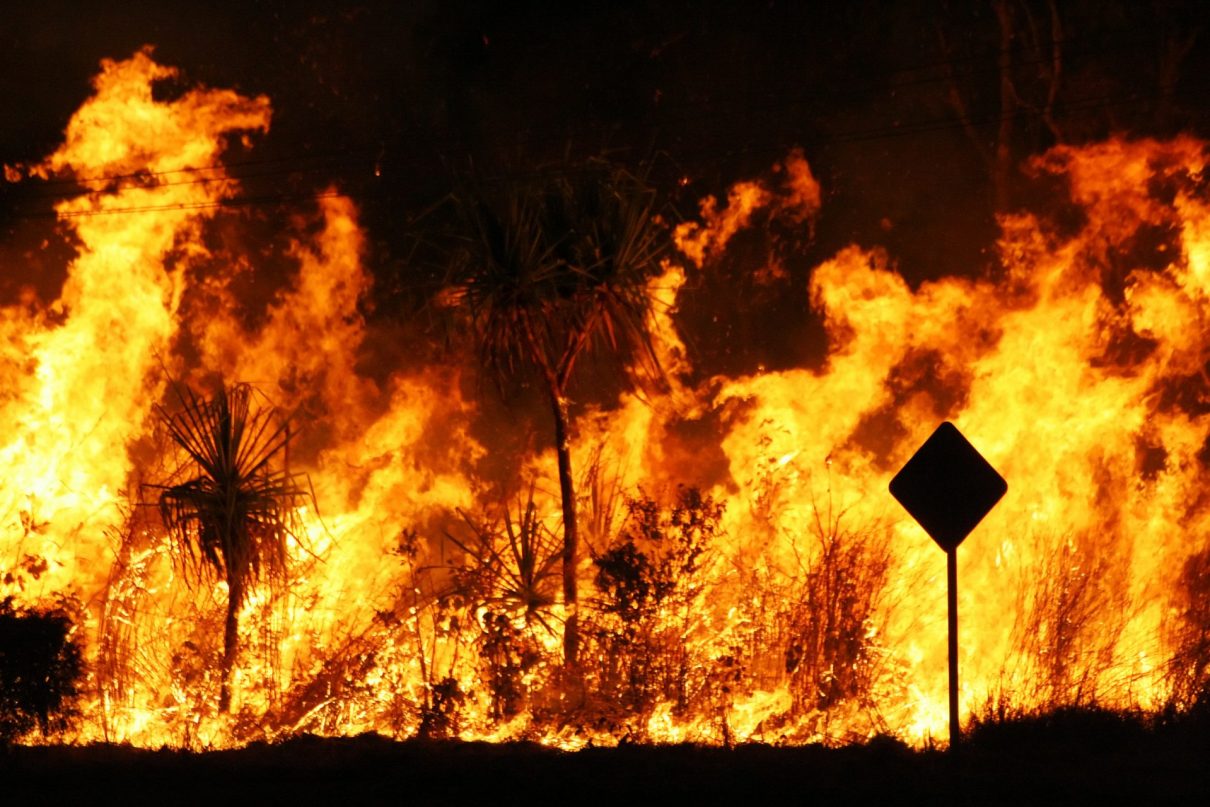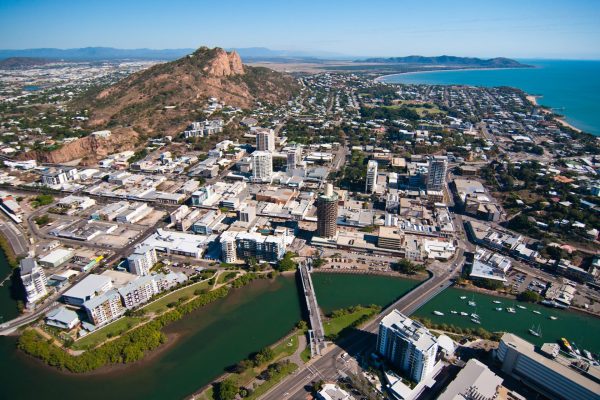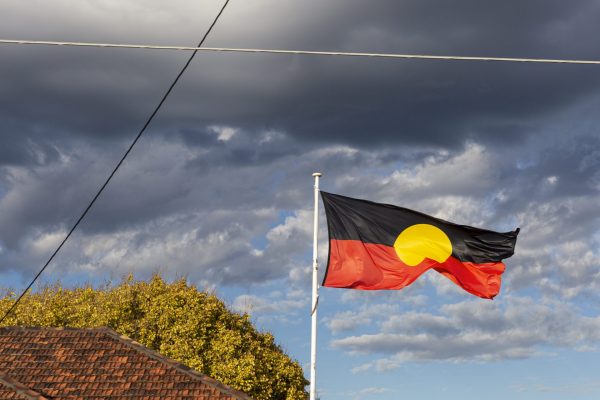Australia urgently needs a dedicated, independently administered fund to meet the escalating costs of natural disasters due to global warming.
Who currently pays the costs of natural disasters
Every part of the Australian community is impacted by climate change and carries the costs one way or another as taxpayers, property owners, consumers, workers or businesses. However, this cost burden is not shared equitably, and there is limited relationship between those carrying out activities that are fueling global warming and those carrying the financial burden of its impacts.
Direct costs such as emergency response, emergency relief and reconstruction are usually covered by state, federal and local governments, ultimately by tax and ratepayers. These costs have been estimated to make up around 10% of the total costs of natural disasters in Australia (Deloitte Access Economics (2017) Building resilience to natural disasters in our states and territories).
Individuals directly impacted by the disaster absorb other direct costs, such as loss and damage to private property. Some of these costs are covered by insurance, which is ultimately paid by the wider community through higher premiums. Only a small proportion of natural disaster costs are covered by insurance (Deloitte Access Economics (2017) Building resilience to natural disasters in our states and territories, Chart 2.2 p20). Many properties are likely to become uninsurable as the frequency of natural disasters rises (Ting et al (2019), The runaway insurance effect).
There are also very large indirect social and economic costs including loss of income and impacts on people’s physical and mental health. These indirect costs are estimated to be even greater than direct costs such as infrastructure and property damage. The social costs of the 2010-11 Queensland floods alone are estimated to be $7.8 billion, and $3.9 billion for the 2009 Black Saturday bushfires in Victoria (Deloitte Access Economics (2015) The Economic Cost of the Social Impact of Natural Disasters, Report Fact Sheet). These costs are largely absorbed by those impacted, but also require increasing resources for health and social services.
Without a National Climate Disaster Fund, these costs will continue to escalate, challenging the capacity of governments, businesses and individuals to pay. Direct costs such as emergency response, relief and reconstruction will require either raising taxes, or cuts to services such as health and education. Exactly this has occurred in Australia, with Federal Parliament passing legislation to redirect education funding to disaster relief (Murphy and Karp (2019) Labor agrees with Coalition to redirect education funding to disaster relief).
In addition to higher taxes and cuts to services, ordinary Australians will face increasing property damage and other indirect social and economic costs. Industries will suffer disruption and additional costs to maintain services and infrastructure including power and transport.
Beneficiaries of the National Climate Disaster Fund?
Funding can be distributed amongst the most disaster impacted regions and sectors in Australia. These include:










